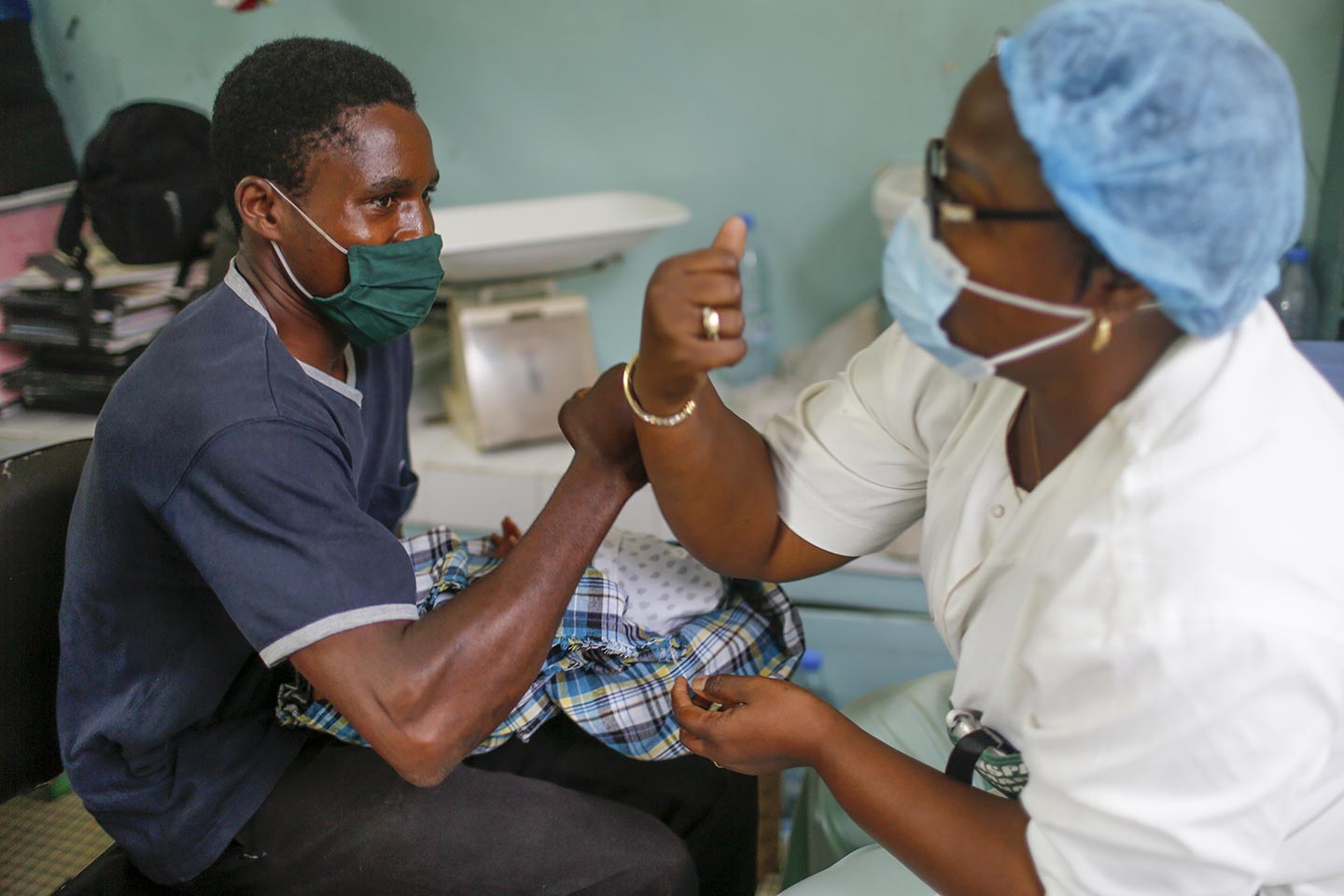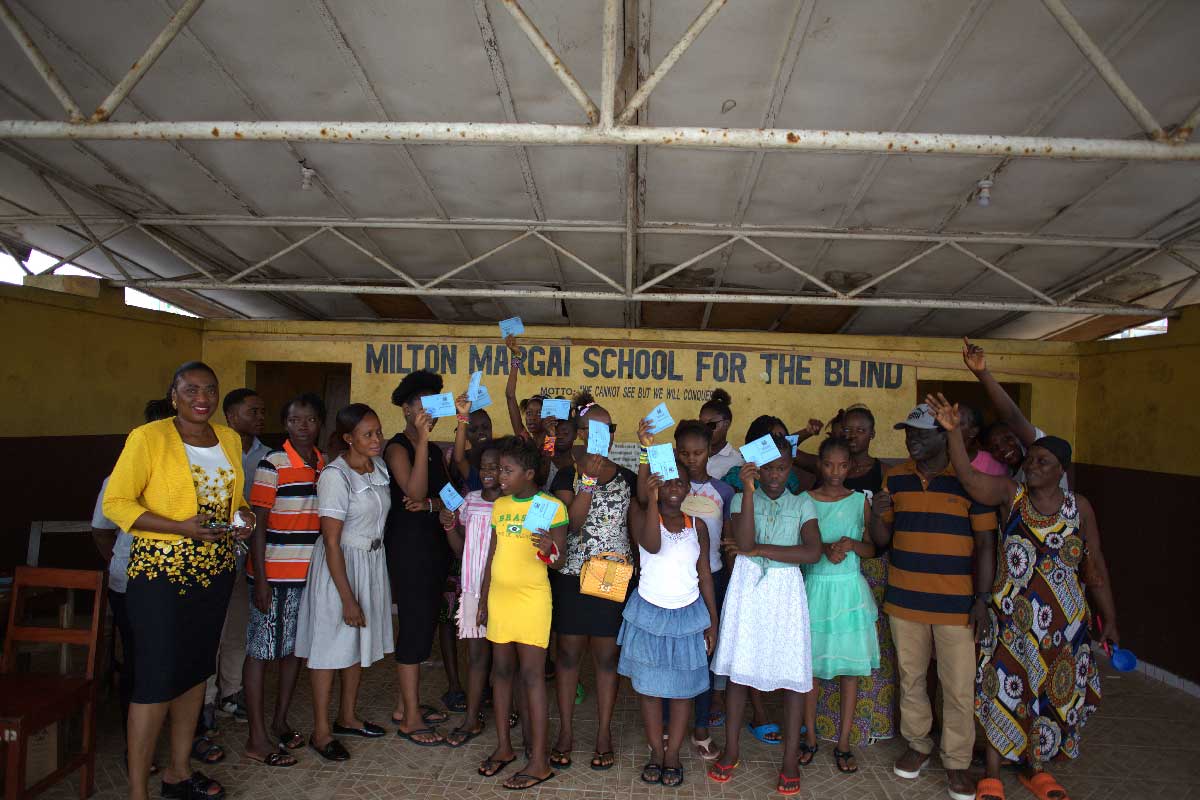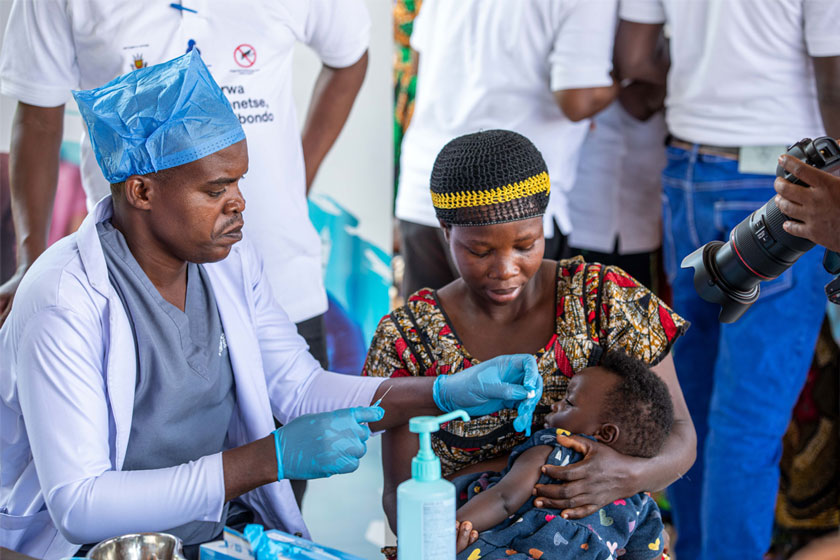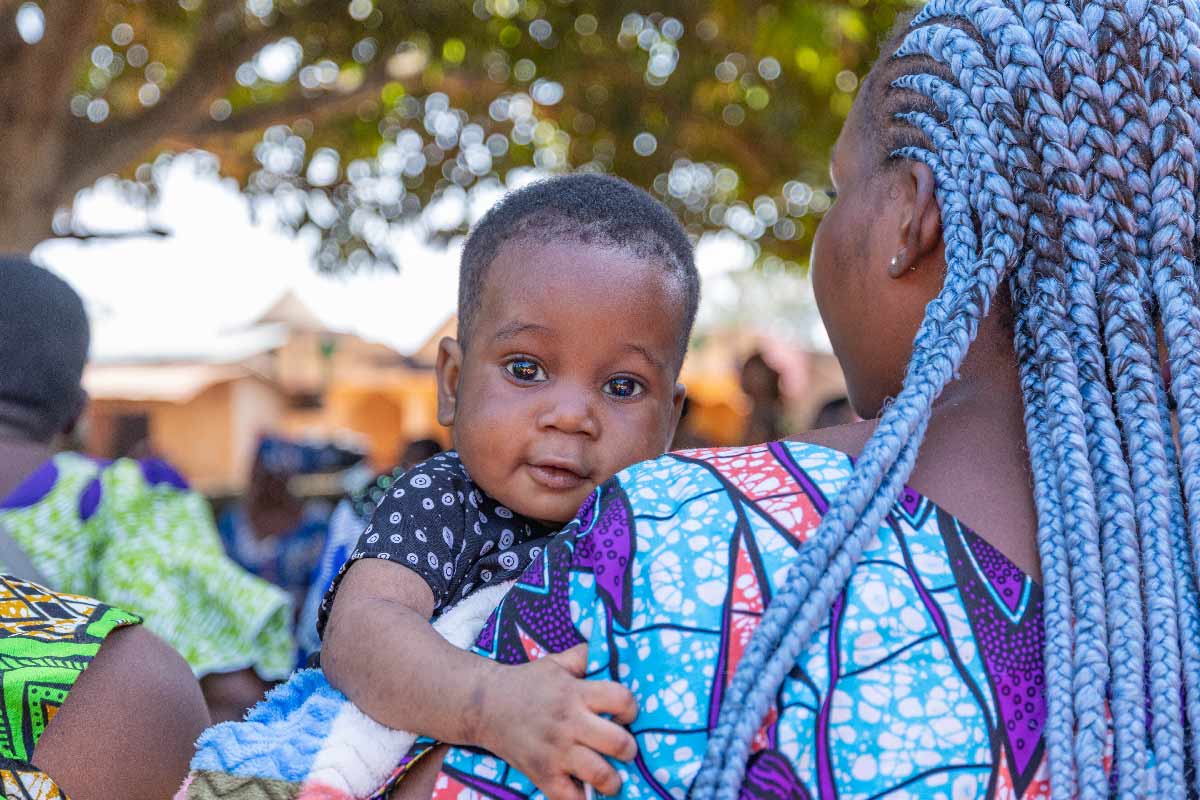The Gavi COVAX AMC Explained
Gavi’s CEO explains how the COVAX Advance Market Commitment mechanism will make COVID-19 vaccines available to lower-income countries.
- 15 February 2021
- 8 min read
- by Gavi Staff

With more than 180 countries and economies now involved in the COVAX Facility, the world recognises that our best hope of ending the acute phase of this pandemic and the only truly global solution is COVAX. It is also the only way to ensure that people in all countries get rapid, fair and equitable access once safe and effective vaccines become licensed. It also is trying to maximise the probability of success by having the largest and most diverse portfolio of COVID-19 vaccine candidates. The Gavi COVAX Advance Market Commitment (COVAX AMC) is an essential part of making this happen because it is through this innovative financial mechanism that the world’s poorest countries will get access to COVID-19 vaccines.
Right now, to get to that point, COVAX is working with pharmaceutical partners to have manufacturing in place so that doses can be procured and produced at scale as soon as vaccines receive regulatory approval and are licensed. The initial aim is to have 2 billion doses available by the end of 2021 – half of which will go to lower-income countries – which should be enough to protect high-risk and vulnerable people, including frontline health and social care workers, across the world.
The COVAX AMC’s role is to leverage the scale assured by the participation of higher-income economies to ensure that lower-income ones are also able to participate.
What is so unique about this is that these doses will be made available to people in all participating economies – rich or poor – at the same time, with almost 1 billion of these doses made available to people in the 92 lower-income countries through donor contributions to the COVAX AMC. Never before has a life-saving health intervention against such an immediate global health threat been made available to people in the Global North and South simultaneously at such speed. When the moment comes, this will be the single largest and most rapid global vaccine deployment we have ever seen.
Donor funding to the COVAX AMC will allow the people at most risk and vulnerable in the 92 COVAX AMC economies to obtain urgent access to COVID-19 vaccines.
The COVAX Facility is designed to benefit all participating countries and economies. It provides a lifeline to the majority of countries that would otherwise have limited or no access at all to COVID-19 vaccines. For those that are already negotiating bilateral deals with vaccine manufacturers, it is an insurance policy, guaranteeing them vaccine doses even if those bilateral deals fail to produce safe and effective vaccines.
Who will pay for it?
By paying in to the COVAX Facility, the procurement platform of COVAX, higher-income countries can place orders for the doses they need to protect their priority populations. Upfront payments on these orders have helped the Facility ensure that manufacturing is ramped up before vaccines have been approved, not after.
Since many, if not most, vaccines are likely to fail, this comes with risks. But it is the only way to ensure that vaccines can be delivered at scale as soon as they are approved, and enough for all participating countries, including those that cannot afford to pay. Accelerating the availability of vaccine doses like this will save lives, save time and – given that COVID-19 is costing the global economy more than US$ 500 billion a month – ultimately it will save money.
However, a critical part of this is that higher-income countries participating in the Facility will only pay for the cost of the vaccine doses they receive.
Doses for lower-income economies will also be procured through the COVAX Facility but will be paid for via the separate financial mechanism of the COVAX AMC, which will be largely funded through Official Development Assistance (ODA), as well as contributions from the private sector and philanthropy. Even so, it is likely that the 92 ODA-eligible countries accessing vaccines through the COVAX AMC may also be required to share some of the costs of COVID-19 vaccines and delivery. Through this cost-sharing approach, countries will have an opportunity to complement and build on the essential foundation built by these early, donor funded doses if they wish to achieve a higher population coverage.
What will the COVAX AMC actually do?
The COVAX AMC’s role is to leverage the scale assured by the participation of higher-income economies to ensure that lower-income ones are also able to participate. The Facility will fund volume guarantees to specific manufacturers for vaccine candidates before they are licensed, as well as provide market-wide demand guarantees to all manufacturers in the longer term. Once vaccines are licensed and prequalified by the World Health Organization, COVAX AMC funds will then pay for the purchase of doses for all 92 ODA-eligible countries.
Such guarantees are designed to incentivise manufacturers to ensure that enough doses are produced for COVAX AMC economies, which collectively represent almost half the world’s population. To make this possible, Gavi and partners will continue to mobilise resources from donor governments, philanthropy and the private sector. This will largely go towards advance purchase agreements with manufacturers, to secure supply agreements for COVAX AMC doses.
What do COVAX AMC countries need to do now?
For this to happen, a number of things need to be done both at the global and COVAX levels, but also within COVAX AMC countries. At the COVAX end, first the Facility needs its upfront payments from higher-income economies, in order to get manufacturing capacity in place, and Gavi needs to secure the remaining funding needed for the initial phase of the COVAX AMC. It will be important that enough funding is secured by the end of 2021 to ensure that agreements can be put in place with manufacturers so that they are in a position to produce enough doses for the COVAX AMC as soon as production begins.
Gavi already has commitments from donor governments for a large part of the funds it initially needs, but one attractive option to fund any shortfall may come through Gavi’s International Finance Facility for Immunisation (IFFIm), which frontloads funds for immunisation by issuing bonds. This has already been used for over a decade to help fund other Gavi-supported vaccines and accelerated access to hundreds of millions of doses to children in poor countries, and has also helped fund the development of COVID-19 vaccines through Gavi’s COVAX partner organisation, the Coalition for Epidemic Preparedness Innovations (CEPI).
In addition to funding, Gavi needs COVAX AMC economies to be fully engaged and start now to prepare for delivery. Introducing a new vaccine is a highly complex process with many important steps involved, including: national regulatory pathways; human resources and training; logistics and cold chain; service delivery to establish priority target populations; data collection and monitoring to ensure coverage is adequate and safe; and social mobilisation and community engagement, so people are aware of what’s going on and have confidence in COVID-19 vaccines.
To help each economy get to this point, Gavi is providing up to US$ 150 million in initial funding to jumpstart support for COVAX AMC-eligible country readiness in preparation for COVID-19 vaccines delivery, in the form of planning, technical assistance and cold chain equipment. In addition to this, the Alliance has developed a number of tools to help countries prepare, including the Country Readiness Assessment tool. This will enable each country to develop a national vaccination deployment plan, to assess their capacity for vaccine storage and distribution, and, in the context of the infodemic of misinformation about vaccine safety we are experiencing, help them prepare a comprehensive communication plan, to ensure people understand why COVID-19 vaccination is so important and who will get priority.
Who will be first in line?
A founding principle of COVAX is that access will be equitable. That doesn’t just mean ensuring that all countries get fair access to COVID-19 vaccines, it also means having an allocation mechanism, driven by the World Health Organization (WHO), to guide how vaccines are distributed within countries and territories. In order to stop this pandemic from continuing to escalate, it will be absolutely critical that when doses first become available to countries and territories, they go to people where the impact will be the greatest. That means people most at risk and those most likely to transmit the virus.
Have you read?
To support this, the WHO has developed a Fair Allocation Framework for COVID-19 to provide guidance and recommendations on which priority groups should be vaccinated first, subject to recommendations and guidance on specific vaccine candidates from the WHO’s Strategic Advisory Group of Experts (SAGE) on Immunization. The Framework identifies three groups of people as highest risk who should get priority access to COVID-19 vaccines: frontline health and social care workers; people over the age of 65; and people under 65 who have underlying health conditions.
Since frontline health and social care workers are not just at risk of being infected but also pose a higher risk of transmitting the virus, it recommends they are initially prioritised. With demand for COVID-19 vaccines likely to outstrip supply, at least initially, it estimates that if COVID-19 vaccines are equally distributed to countries and territories until all have enough to protect at least 3% of their population in the first half of 2021, this should be sufficient to protect every health and social care worker on the planet. Then as availability increases through 2021 and beyond, distribution should continue equally until all countries have enough to protect at least 20% of their population, which should cover all high-risk groups prioritised in most countries and territories. The only exception is those countries and territories that have opted to receive fewer doses than the amount required to cover 20% of their population.
In time, as more doses are produced, COVID-19 vaccines will be made available to wider groups if appropriate. But such a phased approach will be important if we are to turn a corner with this crisis. The COVID-19 pandemic is the greatest challenge of our time, and the COVAX Facility and the COVAX AMC are the only solutions to bring to a swift end to this crisis. COVAX is the biggest multilateral effort since the Paris climate agreement and the world’s best hope of ending the pandemic, because it is the only way to protect people in all corners of the world from COVID-19, and ensure that we achieve one world, protected.








